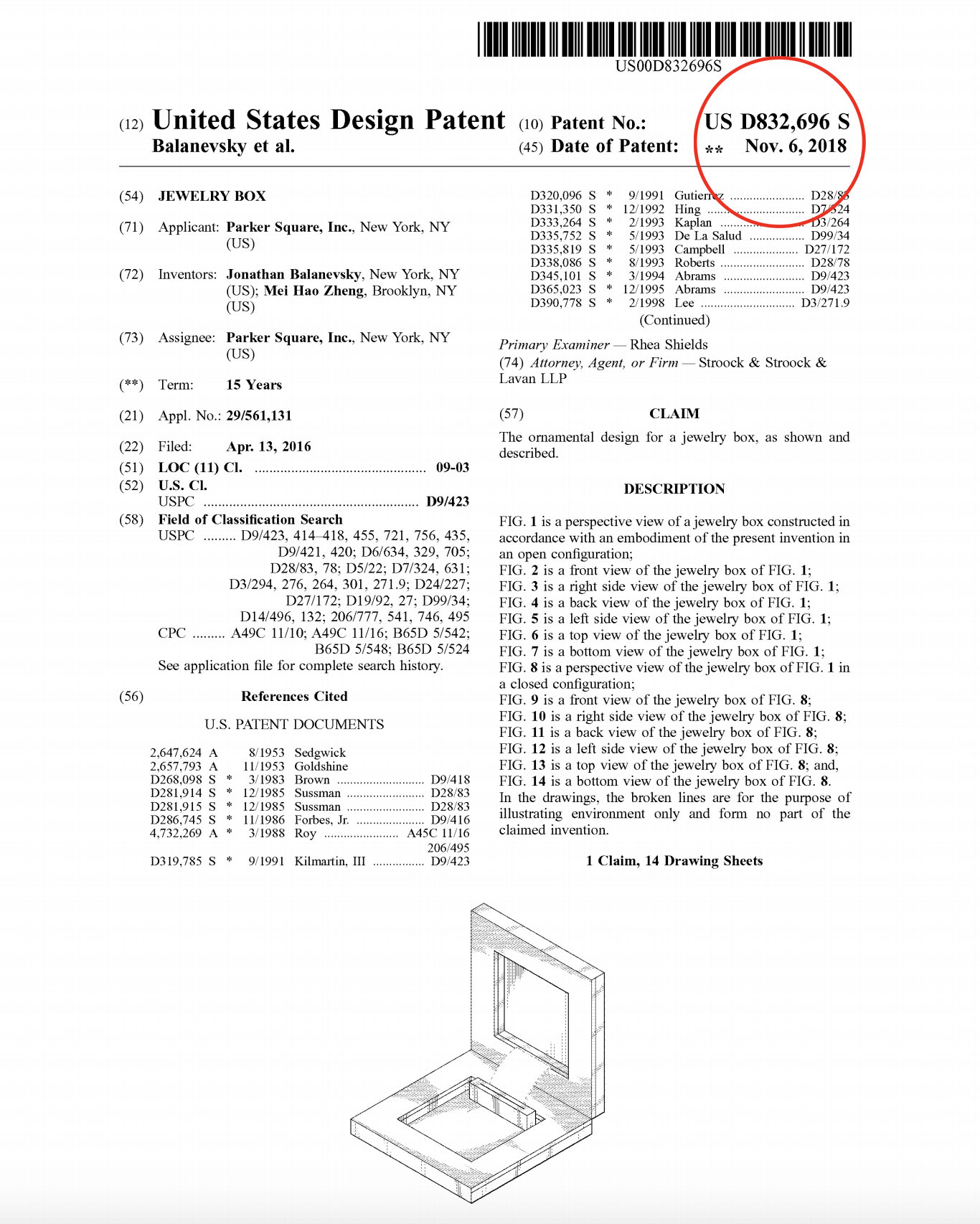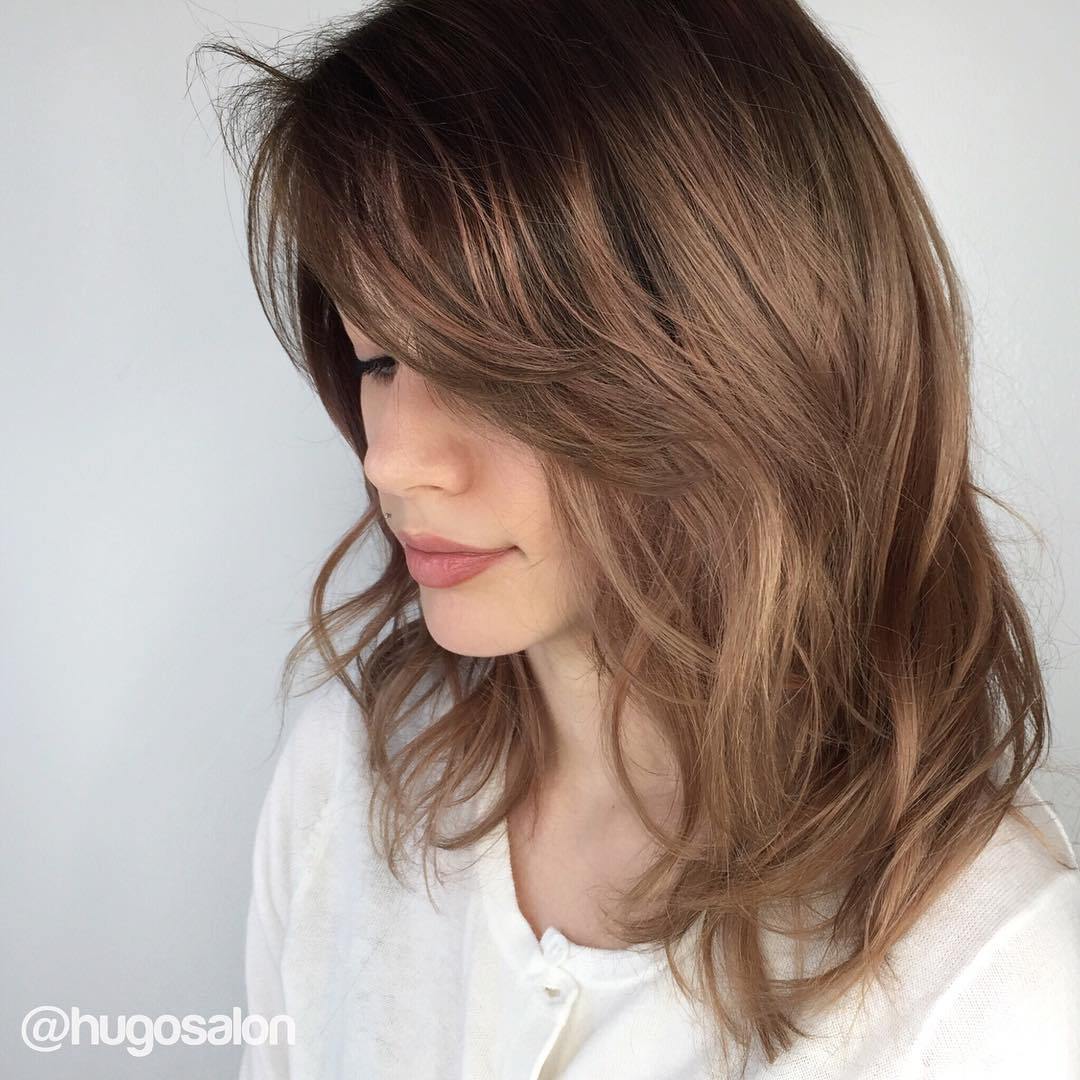Table Of Content

A utility patent guarantees the inventor has control of the product. A utility patent lists an invention's elements and declares how much it covers for the invention. A utility patent is more valuable than a design patent because the utility is the hardest part to create. Additionally, no responses on this forum constitute legal advice, which must be tailored to the specific circumstances of each case. You should not act upon information provided in Justia Ask a Lawyer without seeking professional counsel from an attorney admitted or authorized to practice in your jurisdiction. Justia assumes no responsibility to any person who relies on information contained on or received through this site and disclaims all liability in respect to such information.
Navigating the Complex World of Pre-Existing Intellectual Property Rights
This means a design patent is awarded for the ornamental design of an item, which must be new, original, and not obvious to someone skilled in the art. Conversely, utility patents cover the way an item is used and how it functions, representing the innovative technical features and processes that are not apparent upon viewing the product's appearance. Both design patent application and utility patent application should be filed if protection is desired both for the aesthetic appearance of the article as well as its functional aspects. When deciding whether to get a utility patent or a design patent, it's essential to decide what's more important. Do you want to stop potential competitors from imitating your product's visual appearance with design patent protection, or would you rather stop them from copying your functional features with a utility patent protection? If you want to stop competitors from copying both the functional features and visual appearance, you may want to file both a utility patent application and design patent application for your product.
Plant Patent
Further, you should consider pursuing a design patent because of the many legal protections and commercial advantages it gives the patent holder. Additionally, obtaining a design patent brings many commercial opportunities because it will attract newfound customers as a result of distinguishing the design from your competitors. When deciding which type of patent is right for you, consider the nature of your invention, your budget, and your long-term goals. And remember, you can always apply for both a utility patent and a design patent for comprehensive protection. If your invention is primarily concerned with its function and has a longer lifespan, a utility patent may be the best option. However, if your invention’s visual appearance is its most significant selling point, a design patent may be more suitable.
Design Patents Are Useless. So Why Are They Getting a Boost in DC? - EFF
Design Patents Are Useless. So Why Are They Getting a Boost in DC?.
Posted: Wed, 29 Jan 2020 08:00:00 GMT [source]
How Can I speed Up the Design Patent Process?
If it is not possible to place reference characters outside the hatched area, the hatching may be broken off wherever reference characters are inserted. Hatching must be at a substantial angle to the surrounding axes or principal lines, preferably 45°. A cross section must be set out and drawn to show all of the materials as they are shown in the view from which the cross section was taken. The parts in cross section must show proper material(s) by hatching with regularly spaced parallel oblique strokes, the space between strokes being chosen on the basis of the total area to be hatched. The various parts of a cross section of the same item should be hatched in the same manner and should accurately and graphically indicate the nature of the material(s) that is illustrated in cross section.
Protect your invention today
As the name of the patent indicates, the design patent protects the unique visual qualities of a manufactured item. If the invention has a distinct configuration, surface ornamentation, or both, you may meet the qualifications to apply for a design patent. It’s important to note that this isn’t an either-or situation; you can hold both utility patents and design patents on the same device if you need to protect both its function and form.
A utility patent can protect many inventions, from new machines and processes to chemical compositions and software algorithms. (2) Cross-reference to related applications (unless included in the application data sheet). (1) Preamble, stating the name of the applicant, title of the design, and a brief description of the nature and intended use of the article in which the design is embodied.
Recent Articles

When factoring in the additional time taken by RCEs, the total average pendency for all utility patents jumps up to 28.1 months. Using, selling or manufacturing a patented item without authorization constitutes patent infringement. Whether it’s a design or functional aspect being infringed upon, the owners of properly registered patents can seek patent infringement damages in federal court if their rights are being violated. Most people filing for protection will fill for either a design patent or a utility, which constitute most common patents awarded by the U.S.

Processes may include a plurality of steps to achieve a goal, such as the steps of making a golf ball or the processes utilized in a computer program. Compositions include combinations of constituents, from pharmaceuticals to plastics. To secure a utility patent, initiate by conducting exhaustive prior art searches to ensure the innovation's uniqueness.
The sheets of drawings should be numbered in consecutive Arabic numerals, starting with 1, within the sight as defined in paragraph (g) of this section. These numbers, if present, must be placed in the middle of the top of the sheet, but not in the margin. The numbers can be placed on the right-hand side if the drawing extends too close to the middle of the top edge of the usable surface.
Each sheet must be reasonably free from erasures and must be free from alterations, overwritings, and interlineations. Photographs must be developed on paper meeting the sheet-size requirements of paragraph (f) of this section and the margin requirements of paragraph (g) of this section. See paragraph (b) of this section for other requirements for photographs.
There can be some blurring of that line and design patents have been awarded for devices that appear, for all practical purposes, to be functional. There is a risk that these types of design patents could be invalidated during litigation. Just recognize that design patents will not protect the functionality of your unique features. Your design patents will still cover competitive products with a substantially similar visual appearance. Unlike with design patents, maintenance fees must be paid during the duration of a grant utility patent. Considering the legal and technical expertise involved in the utility patent application, the process can be jarringly expensive and time consuming.
If a perspective view is submitted, the surfaces shown would normally not be required to be illustrated in other views if these surfaces are clearly understood and fully disclosed in the perspective. Design patent applications must demonstrate that the design is novel, non-obvious, and purely ornamental. It’s important to note that a design patent does not cover any functional aspects of an invention. Obtaining a utility patent is a complex and often expensive process. Before drafting an application, you should first conduct a patent search to ensure that the invention to be patented is "novel" and "not obvious," two criteria the idea must meet to be considered for a patent. Each claim must be detailed enough so that another person in the same technical field could readily reproduce the results.
Utility patents tend to be more expensive due to the detailed application process and the longer duration of protection. Assuming you can get it granted, a utility patent will cost roughly $15,000 to $30,000 from start to finish. Some utility patent applications may cost more if you have to deal with repeated Office Action rejections and the possibility of an appeal.

No comments:
Post a Comment